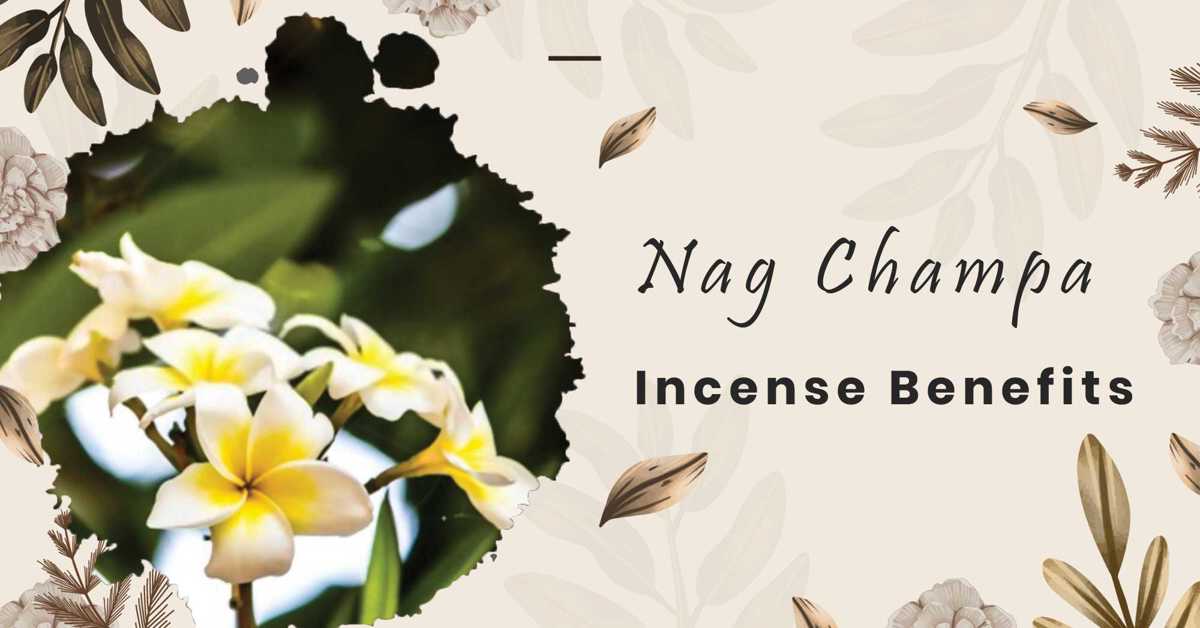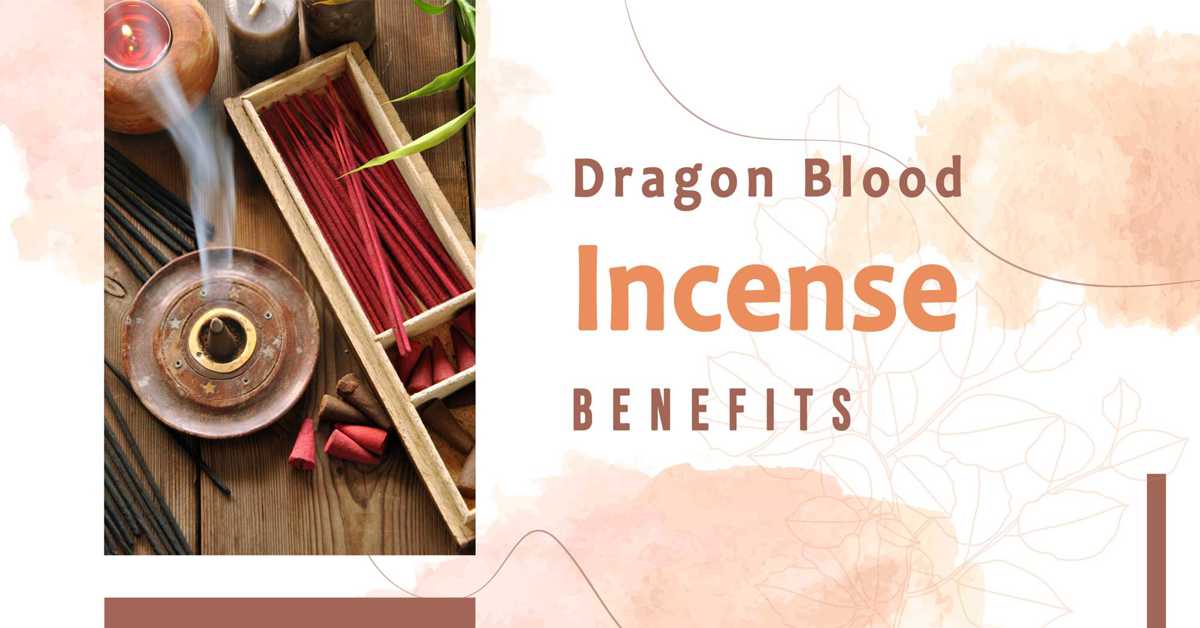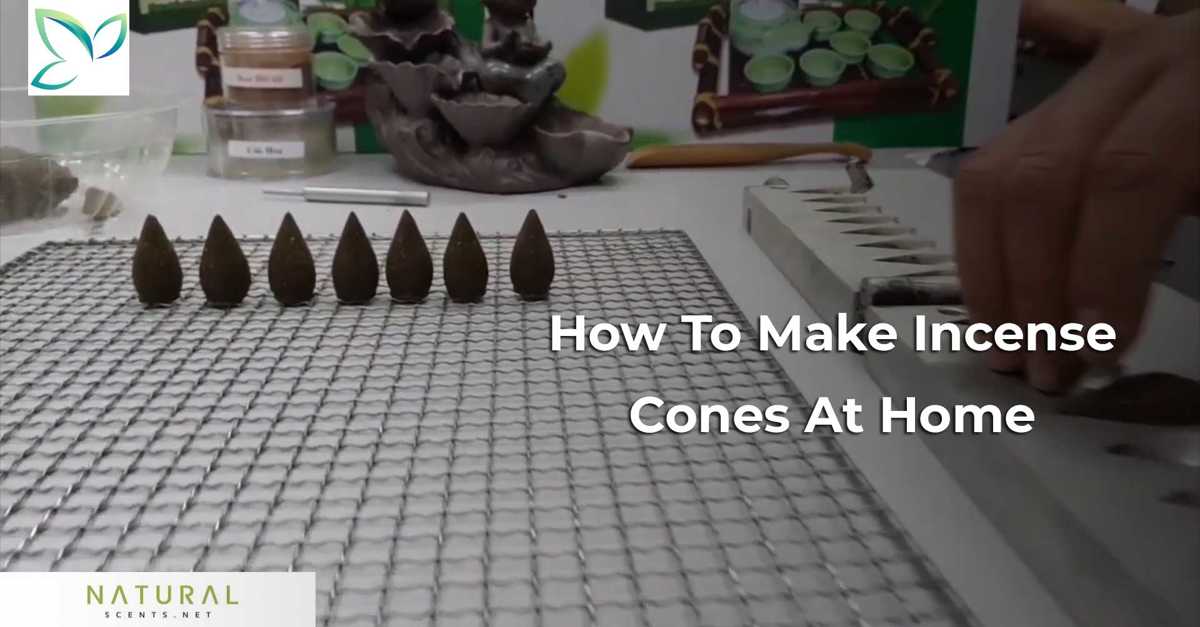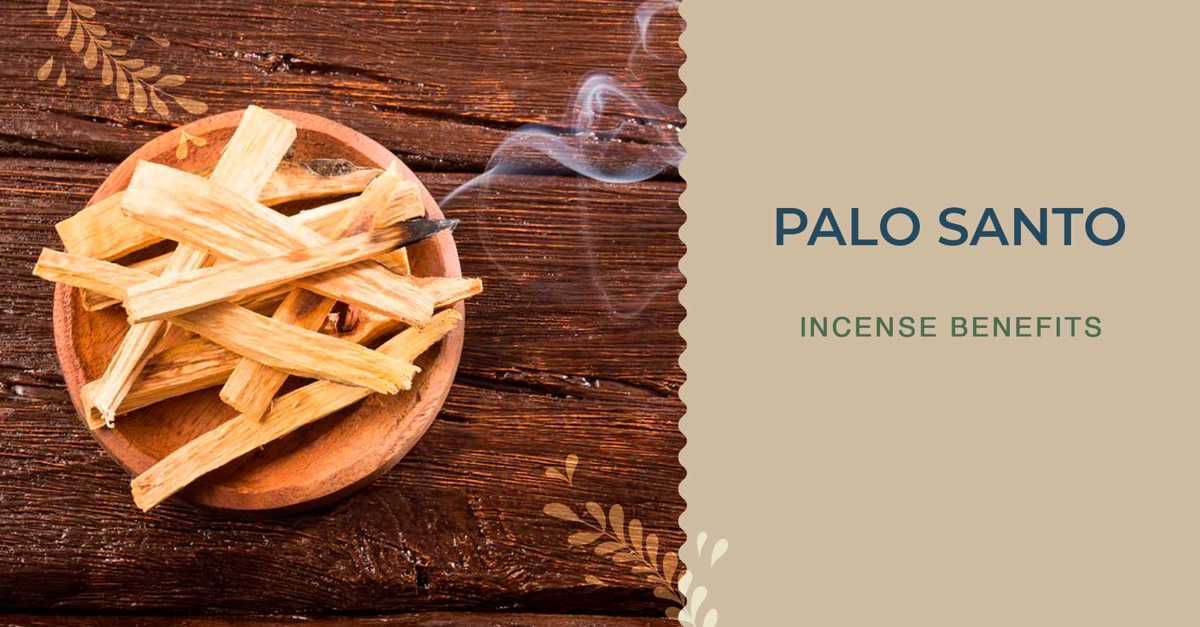In the year 538 c.e. Buddhism was introduced into Japan. Along with it across the ocean came statues of Buddhas, ancient Sutras, as well as incense. From that moment on, incense has been an inseparable part of Japanese history. Its use spread throughout the country, it was accepted for use by the indigenous Shinto faith as well as throughout the field of medicine.
Today, let's learn more about the origin of incense in Japan with naturalscents.net!
"Wherever Buddhism lives there is incense. In every house containing a Buddhist shrine or Buddhist tablets, incense is burned at certain times; and in even the rudest country solitudes you will find incense smoldering before wayside images.
-- little stone figures of Fudo, Jizo, or Kwannon. With many experiences of travel,
-- strange impressions of sound as well as of sight,
-- remain associated in my own memory with that fragrance:
-- vast silent shadowed avenues leading to weird old shrines;
-- mossed flights of worn steps ascending to temples that molder above the clouds;
-- joyous tumult of festival nights;
-- sheeted funeral trains gliding by in glimmer of lanterns;
-- a murmur of household prayer in fisherman's huts on far wild coasts;
-- and visions of desolate little graves marked only by threads of blue smoke ascending,
-- graves of pet animals or birds remembered by simple hearts in the hour of prayer to Amida, the Lord of Immeasurable Light."
-- In Ghostly Japan -- Lafcadio Hearn
In this period, King Shomyo of Kudara sent a collection of sutras, incense, an image of Buddha, and one complete set of furniture for a temple. Other Buddhist monks also brought incense to Japan. The main incense they brought was a chipped mixture called Shoko. The mixtures varied according to the practices, as they still do today in some Buddhist traditions. The Buddhist Master Chih-i mentions Sandalwood Only in his work "The Moho Chih-Kuan" (Great Stopping & Seeing). Many times a ceremony or meditation will call for single incense as opposed to a complex combination of ingredients. Chih-i was a master interpreter of the Lotus Sutra, and founder of the T'ien-t'tai sect of Buddhism, so it is not surprising he only mentions Sandalwood.
There are three incense materials that are associated in early Buddhist texts with three families found in the Garbhakosa mandalas. Aloeswood is in the center and associated with Vairochana. This is called the Buddha Family, and symbolizes the transmutation of the "poison of ignorance." Sandalwood is associated with the Padma or Lotus Family and symbolizes the transmutation of the "poison of attachment." Clove is associated with the Vajra or Wisdom Family and symbolizes the transmutation of the "poison of aversion." This incense may be used individually for a specific practice, or in combination as an "Almighty Incense" Sometimes these three poisons are called "The Three Unwholesome Roots" For those who have studied the Pratitya Samutpada (Twelve-fold link of conditioned arising) you know that both attachment & aversion arise out of ignorance.
Zen master Dogen says it this way:
"In attachment, blossoms fall; in aversion, weeds spread"
He leaves out the mention of ignorance, perhaps because Vairochana symbolizes Emptiness.
In the Vajradhatu mandala, five families are presented. The two additions are the Karma Family which is associated with jealousy, and the Ratna Family associated with pride. The incense material for the Karma Family is Turmeric, and the incense for Ratna is Borneol Camphor.
Sometimes these particular incense materials were unavailable, so Buddhist monks made substitutions; including Patchouli, Cassia, Cinnamon, etc. This makes it difficult to discriminate which materials came from Buddhist substitutions, and which came from Chinese medicine which was later introduced into Sakai city, Japan. There is also the question of how much Chinese medicine may have influenced Buddhist mixtures and substitutions, but we do know the five traditional incense are the ones mentioned above.






